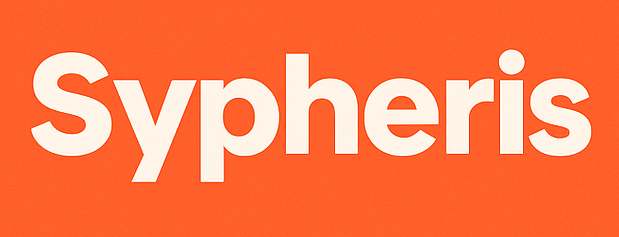Managing your money as a student can be tough, but starting with the right bank account is an important step toward being financially healthy. Student bank accounts are designed just for people in college, offering benefits like no monthly fees, lower balance requirements, and features that fit a student’s lifestyle.
So, why should you choose a student account? It can help you handle everyday expenses, save for future goals, and build a solid banking history while avoiding those pesky fees that really add up. With the right account, you can devote more energy to your studies instead of worrying about finances. In this guide, we’ll look at the best student bank accounts available in 2025, so you can find the one that suits your needs perfectly.
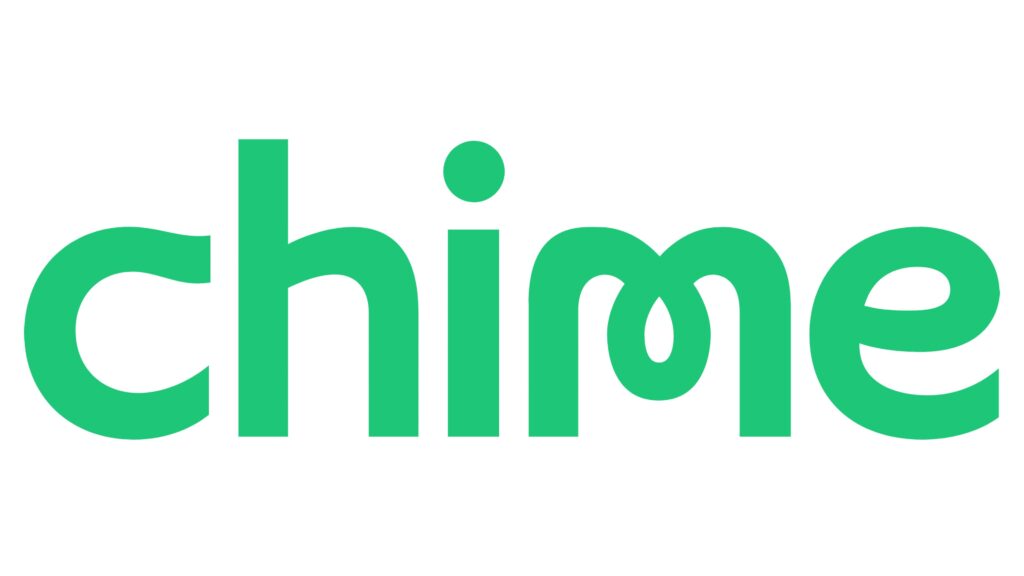
Chime – Best for No Fees.
⭐4.8/5
Monthly Fees:
$0
Minimum Balance for APY:
$0
APY:
Up to 2.00% (on savings)
- No monthly fees, making it budget-friendly for students.
- Eligible for early direct deposit (get your paycheck up to 2 days early).
- Fee-free overdraft up to $200 with SpotMe® (eligibility requirements apply).
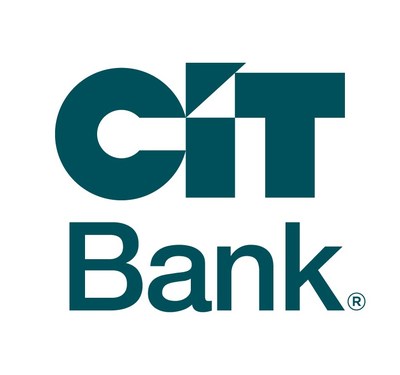
CIT Bank: High-yield savings
⭐4.7/5
Monthly Fees:
$0
Minimum Balance for APY:
$0
APY:
Up to 4.50%
- Offers a highly competitive APY, helping your savings grow faster – excellent for students looking to maximize their funds.
- No monthly maintenance fees on their high-yield savings accounts.
- Easy online account opening and management.
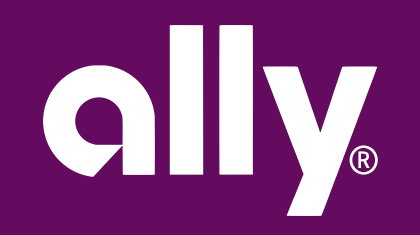
Ally Bank: No fees, high-yield savings
⭐4.9/5
Monthly Fees:
$0
Minimum Balance for APY:
$0
APY:
Up to 4.20%
- Consistently high APY on savings with no minimum balance.
- No monthly maintenance fees or overdraft fees on spending account.
- Excellent 24/7 customer support and a robust mobile app with budgeting tools, savings buckets, and Zelle® integration.
- Large Allpoint® ATM network (fee-free).

Discover Bank: Cashback checking, no fees
⭐4.6/5
Monthly Fees:
$0
Minimum Balance for APY:
$0
APY:
around 4.00% – 4.25%
- 1% cash back on debit card purchases is a unique perk for a checking account, great for everyday student spending.
- No fees across the board (monthly, insufficient funds, etc.).
- Access to a large no-fee ATM network.
- Good customer service reputation.
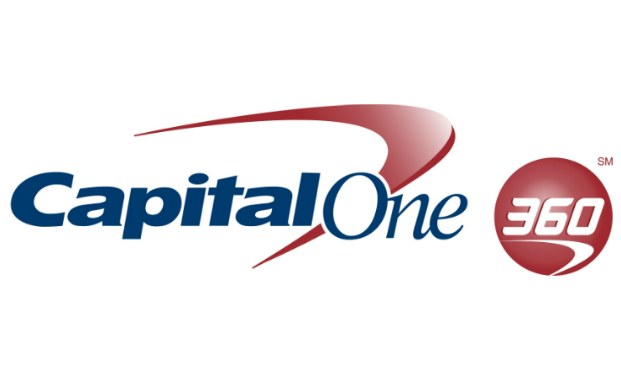
Capital One 360: No fees, student-friendly checking
⭐4.5/5
Monthly Fees:
$0
Minimum Balance for APY:
$0
APY:
around 4.10%
- No fees and no minimums on checking and savings accounts.
- User-friendly mobile app and website.
- Access to a large network of fee-free Capital One and Allpoint ATMs.
- Option for “Teen Checking” which might be relevant for younger students or those transitioning.

SoFi Checking & Savings: High APY, cash bonuses
⭐4.7/5
Monthly Fees:
$0
Minimum Balance for APY:
$0
APY:
up to 4.30%
- No account fees and fee-free overdraft coverage (with eligibility).
- Access to member benefits like complimentary career coaching and financial planning advice, which can be highly valuable for students.
- All-in-one mobile app for banking, investing, and loans.
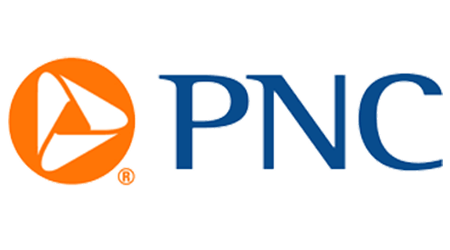
PNC Virtual Wallet Student: Free for 6 years for students
⭐4.3/5
Monthly Fees:
$0
Minimum Balance for APY:
$0
APY:
Typically low (e.g., 0.01%)
- Specifically designed “Virtual Wallet Student” with three integrated accounts (Spend, Reserve, Growth) to help students manage money and budget.
- Waiver of monthly service charge for students.
- Useful digital budgeting tools and savings features.
- Access to PNC branches and ATMs if physical presence is important.
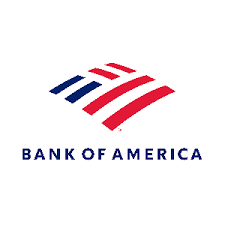
Bank of America Advantage SafeBalance: No fees for students under 24
⭐4.2/5
Monthly Fees:
$0
Minimum Balance for APY:
$0
APY:
Typically very low (0.01%)
- No monthly maintenance fee for eligible students (typically under age 24 or 25, check specific account terms).
- SafeBalance account helps avoid overdraft fees.
- Large network of branches and ATMs, which can be convenient for students who prefer in-person banking.
- Potential for campus-specific rewards or deals.
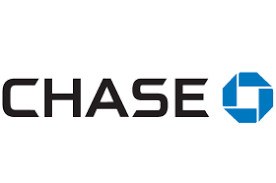
Chase College Checking: No fees for students, sign-up bonus
⭐4.4/5
Monthly Fees:
$0
Minimum Balance for APY:
$0
APY:
Typically very low (0.01%)
- No monthly service fee for eligible college students.
- Sign-up bonus is a strong incentive.
- Access to Chase’s extensive network of branches and ATMs nationwide.
- Good mobile app and digital banking tools.
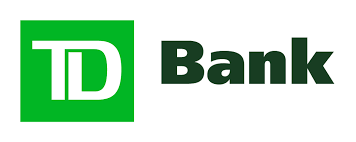
TD Bank Student Checking: No fees for students, free linked savings
⭐4.1/5
Monthly Fees:
$0
Minimum Balance for APY:
$0
APY:
Typically very low (0.01%)
- No monthly fee and no minimum balance for students aged 17-23.
- Option for a linked TD Simple Savings℠ account with no monthly fee.
- Some student discounts may be available.
- Known for longer branch hours in some locations (East Coast focus).
What Are Student Accounts?
Student bank accounts are specialized checking and savings accounts offered by banks and credit unions, tailored to individuals enrolled in high school, college, or university. They recognize that students often have limited income and are new to managing their own finances. Therefore, these accounts typically come with features like waived monthly service fees, lower (or no) minimum balance requirements, and sometimes include perks like ATM fee reimbursements or bonuses. The primary goal is to provide students with an affordable and accessible way to manage their money.
What Are the Benefits of a Student Account?
Opening a student bank account offers several advantages:
- Reduced or No Fees: The most significant benefit is often the waiver of monthly maintenance fees, which can save students a considerable amount over their academic careers. Some also offer no fees for things like using out-of-network ATMs or overdraft protection.
- Lower Minimum Balances: Many student accounts have no minimum balance requirements, or very low ones, preventing penalties if your funds dip.
- Student-Specific Perks: Banks may offer perks like sign-up bonuses, discounts on other financial products, integration with university payment systems, or educational resources on financial literacy.
- Building Banking History: Establishing a relationship with a financial institution early on can be beneficial for future financial needs, like applying for loans or credit cards.
- Convenience: Many banks offer robust mobile and online banking platforms, essential for busy students to manage their money on the go. Some traditional banks also have branches near campuses.
- Financial Education: Some banks provide tools, articles, or workshops specifically for students to help them learn budgeting, saving, and responsible money management.
Is It Worth It to Open a Student Bank Account?
Yes, for most students, opening a dedicated student bank account is absolutely worth it. The primary advantages—cost savings from waived fees and lower minimum balance requirements—directly address the financial realities of student life. While you could use a regular account, you might miss out on these tailored benefits and could end up paying unnecessary fees.
The value also comes from features designed for students, such as easy digital access, budgeting tools, and sometimes even specific rewards or educational content. It’s a low-risk way to start managing your finances independently.
Student Bank Account vs. Normal Savings/Checking Accounts
| Feature | Student Bank Account | Normal Savings/Checking Account |
| Monthly Fees | Often waived or significantly lower. | Typically have monthly fees unless minimum balance or other conditions are met. |
| Minimum Balance | Usually very low or $0. | Often requires a minimum daily or average balance to avoid fees. |
| Eligibility | Requires proof of student status (age limits often apply). | Open to the general public. |
| Perks | May include student-specific bonuses, discounts, tools. | Perks are generally broader, not student-focused. |
| Interest Rates (APY) | Can vary. Some student checking accounts offer minimal interest. Student savings may be competitive, but often best rates are with online banks accessible to all. | APY varies widely. High-yield savings accounts (often online) can offer better rates than traditional bank savings |
| Overdraft Options | May offer more lenient overdraft policies or fee waivers. | Standard overdraft fees and policies apply. |
| Duration | Benefits typically expire after graduation or reaching a certain age. | No such expiration. |
Alternatives to Student Bank Accounts
While student accounts are often ideal, here are some alternatives:
- Online Banks (for Everyone): Many online-only banks (like some listed above – Ally, Discover, SoFi, CIT Bank) offer accounts with no monthly fees, high APYs on savings, and robust digital tools to all customers, not just students. These can be excellent long-term choices.
- Credit Unions: Local or national credit unions often provide accounts with lower fees and better customer service than large traditional banks. Some have student-specific options or generally favorable terms for young adults. Membership criteria apply.
- Prepaid Debit Cards: These can be an option for managing spending, but they often come with various fees (activation, reload, ATM) and don’t help build a banking history or offer interest. Generally less ideal as a primary account.
- Cash Management Accounts (CMAs): Offered by brokerage firms, these accounts can combine banking features (like debit cards and direct deposit) with investment options. They might offer competitive interest rates but could be more complex than a standard student needs.
Pros and Cons of Student Bank Accounts
Pros:
- Cost Savings: Primary benefit through waived fees and low/no minimum balances.
- Tailored for Students: Features and perks are often designed with student needs in mind.
- Builds Financial Foundation: Establishes a banking relationship and encourages good financial habits.
- Accessibility: Many are easy to open and manage online or via mobile apps.
- Potential Bonuses: Sign-up bonuses can provide a nice cash boost.
Cons:
- Eligibility Requirements: You need to be a student, often within a specific age range. Benefits expire after graduation.
- Potentially Lower Interest Rates: While some are competitive, student-specific checking accounts at traditional banks often offer very low APYs compared to online savings accounts.
- Limited Features (Sometimes): Basic student accounts might lack some advanced features of premium standard accounts (though this is less common now).
- Transition Required Post-Graduation: You’ll need to switch to a standard account or a new bank once student eligibility ends, which might involve new fees or terms.
How to Open a Student Bank Account
Opening a student bank account is generally straightforward:
- Research & Compare: Use guides like this one to compare features, fees, APYs, and perks of different student accounts.
- Check Eligibility: Ensure you meet the age and student status requirements. Most banks define “student” as someone enrolled in high school, college, trade school, or university.
- Gather Required Documents: You’ll typically need:
- Proof of Identity: Government-issued ID (driver’s license, passport).
- Social Security Number (SSN) or Individual Taxpayer Identification Number (ITIN) in the U.S.
- Proof of Student Status: Student ID card, enrollment letter, transcript, or tuition receipt.
- Contact Information: Address, phone number, email.
- Date of Birth: Possibly an initial deposit (though many student accounts have no minimum opening deposit.
- Apply Online or In-Person:
- Online: Most banks offer online applications, which are quick and convenient. You’ll fill out a form and may need to upload scanned copies of your documents.
- In-Person: You can visit a local branch if the bank has one. A bank representative will guide you through the process.
- Fund Your Account: Once approved, you’ll need to make an initial deposit if required, or set up direct deposit for paychecks or student loan disbursements.
- Set Up Online/Mobile Access: Create your username and password for online banking and download the bank’s mobile app.
Our Best Picks for Student Bank Accounts in 2025
Choosing the “best” student bank account depends on your individual priorities. Here are our top recommendations based on different needs:
- Best Overall & Highest APY (Online): Ally Bank or SoFi – Excellent for students who want strong interest rates on savings, no fees, robust digital tools, and don’t need physical branches.
- Best for Cash Back on Spending: Discover Bank Cashback Debit – Perfect if you use your debit card frequently and want to earn rewards on everyday purchases.
- Best for Traditional Banking with Student Perks & Bonus: Chase College Checking℠ – Ideal if you value a sign-up bonus and access to a large network of physical branches and ATMs.
- Best for Fee-Free Overdraft & Early Direct Deposit: Chime – Great for students looking for flexibility with overdrafts and quicker access to their funds.
- Best for Dedicated Student Budgeting Tools (Traditional Bank): PNC Virtual Wallet Student – Offers a structured approach to money management specifically for students, with branch access.
We recommend reviewing the detailed features in our comparison table and considering what matters most to you – whether it’s maximizing interest, avoiding all fees, earning rewards, or having access to physical bank locations.
Explore More Student Finance Guides:
- Best Credit Cards for Students in 2025
- Understanding Your Student Loan
- Budgeting Tips for College Students
- How to Save Money in College
- Best Private Student Loans
